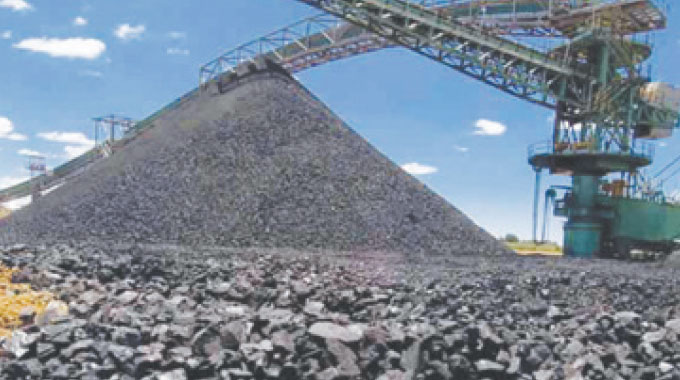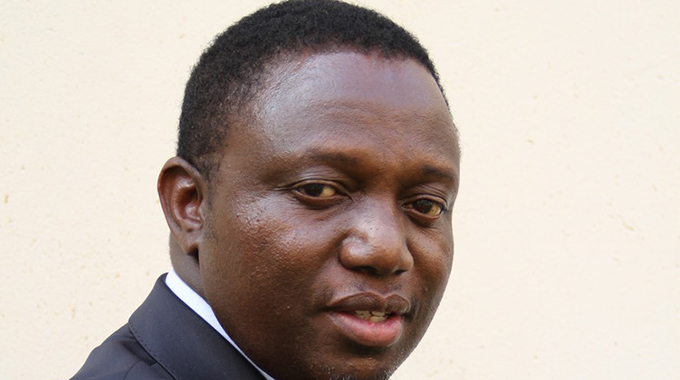Hwange loss widens despite revenue jump

Enacy Mapakame Business Reporter
HWANGE Colliery Company Limited (HCCL) recorded a 27 percent jump in revenue to US$69 million driven by firm sales volumes, despite widening losses for the year to December 31, 2018.
The coal miner’s sales volumes jumped 25 percent, closing the year at 1,5 million tonnes to generate US$69 million.
However, the performance was way below a budget of 3,5 million tonnes.
It is the widening loss that continues to cast doubts on the company’s going concern status, after the loss shot to US$78,4 million compared to US$43,8 million in the comparative period due to impairments of some assets and increased costs.
Management also attributed the dismal performance to subdued coal prices against increased input costs.
During 2018, cost of sales amounted to US$72 million, which was above the total revenue of US$69 million.
HCCL attributed the increase in cost of sales to rising input costs, which was driven by the parallel market exchange rate being used by most suppliers to charge products.
Finance costs widened to US$17 million while administrative costs increased by 28 percent to US$32 million.
Operating loss before interest and tax worsened to US$60,8 million from a US$30 million loss recorded in the prior year.
Basic loss per share came in at 0,31 cents from 0,21 cents in the comparable year.
In a statement accompanying the financial results, HCCL chairman Bekithemba Moyo said: “The financial performance was poor against (the) comparable period in 2017 despite increased production and sales volumes, mainly as a result of the impairment of some assets.
“The company’s performance for the period under review also fell short of budgetary targets.”
During 2018, the company focused on increasing production and sales.
Production increased to 1,79 million tonnes from 1,5 million tonnes in 2017 while sales settled at 1,5 million tonnes from 1,2 million tonnes recorded in 2017.
Open cast mining contributed 366 959 tonnes for the year which represented 20 percent of the total year-end production.
Contractor operation accounted for 68 percent at 1,2 million tonnes for the year.
Mr Moyo admitted Hwange needed to increase its own production to over 50 percent of total production as opposed to the 20 percent achieved in the year under review.
Transport of coal was done mainly by road which is costly and the revival of the National Railways of Zimbabwe is expected to reduce transport costs.
Underground mine operations achieved 35 000 tonnes for the best month and Hwange is targeting to increase production to 50 000 tonnes a month.
Foreign currency shortages for procurement of underground equipment had a knock on effect on the operation although signs of recovery began to show by year end.
The coal producer is still pursuing the takeover project of the Hwange Coal Gasification Company (HCGC) Coke oven battery pursuant to a BOOT agreement with its Chinese partner in HCGC.
During 2018 Hwange significantly reduced its employment costs owing to short time working arrangements.
In the outlook, the company anticipates to increase the volume of high value and margin coking coal while also pursuing toll coking arrangements with the available coke oven batteries in order to generate foreign currency.
“Given the deliberate focus on increasing the mix of high value and margin coking coal and coke, the company will grow its market share in the neighbouring countries where its coking coal and coke meets exacting quality specifications in the ferrochrome industries and smelters,” said Mr Moyo.
Hwange’s shares are currently not trading on the Zimbabwe Stock Exchange (ZSE) after it was suspended on November 2 last year following its placement under administration.
Late October, Government placed the perennial loss making coal miner under administration to allow it to recover and return to profitability.










Comments